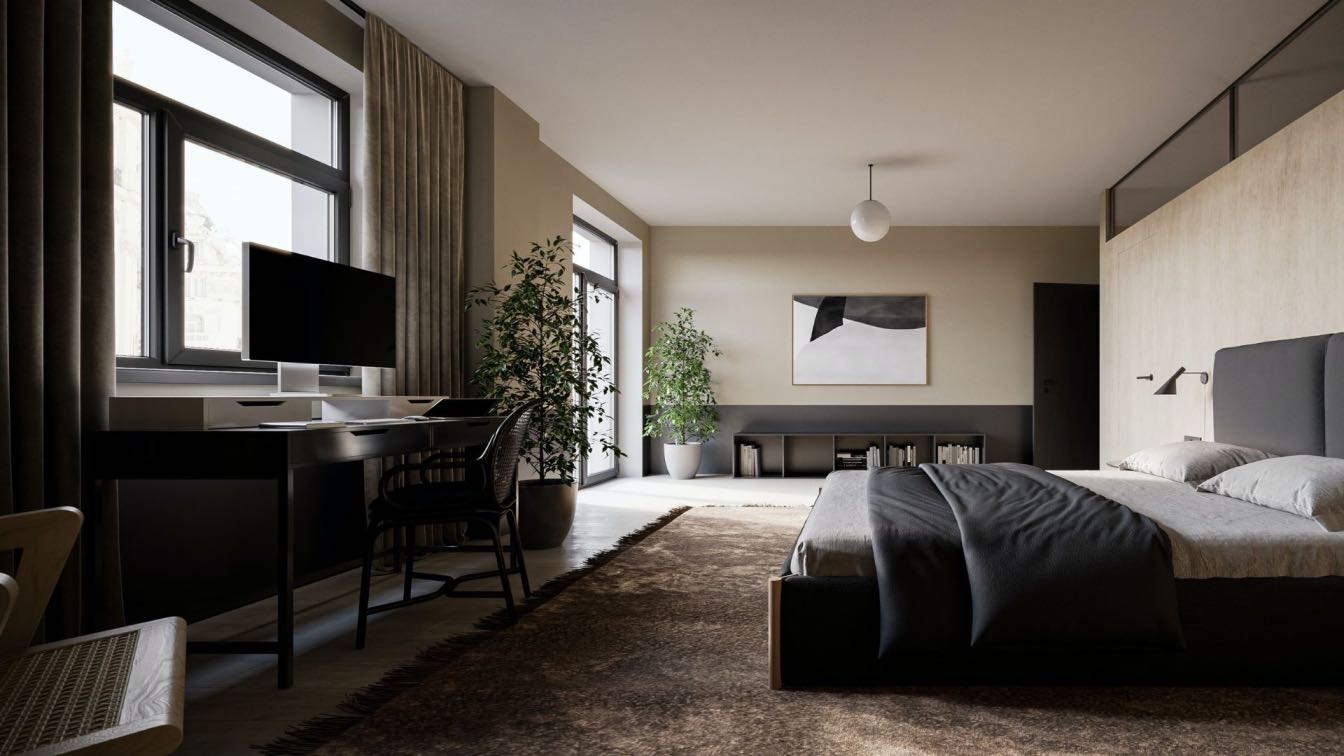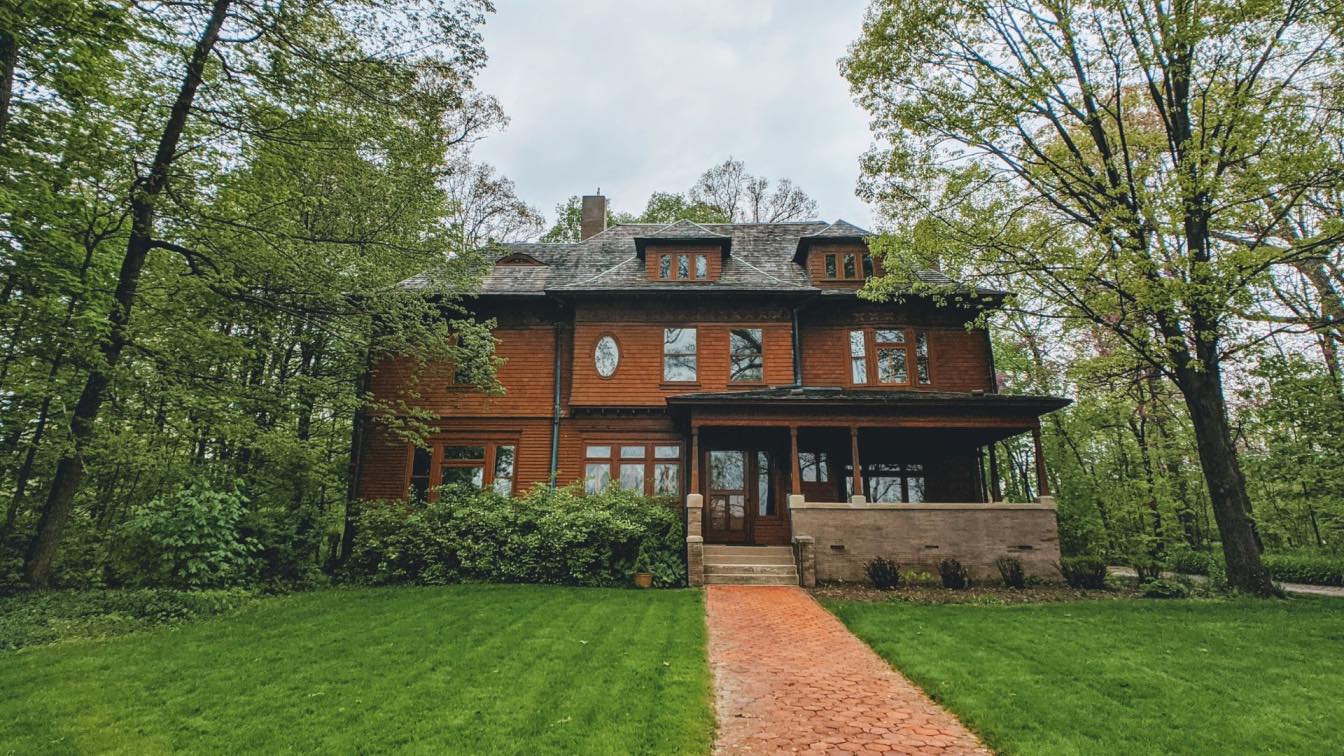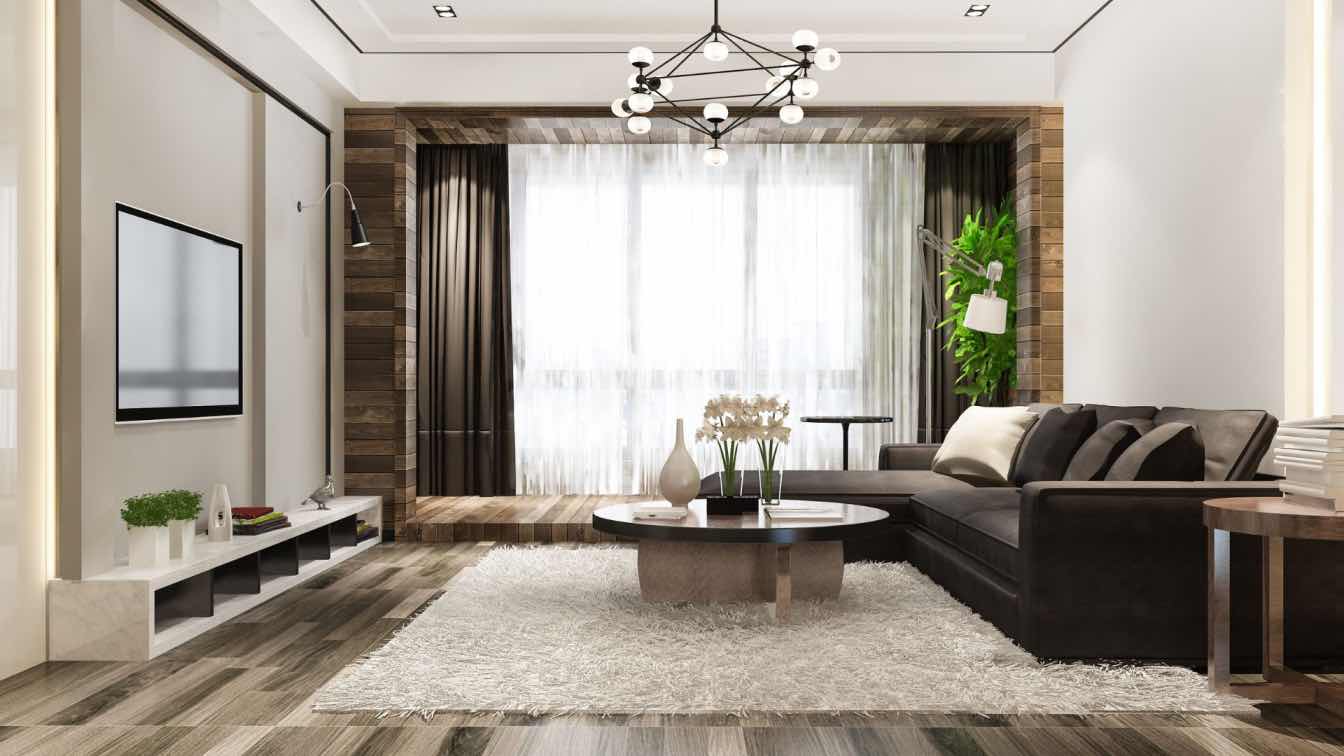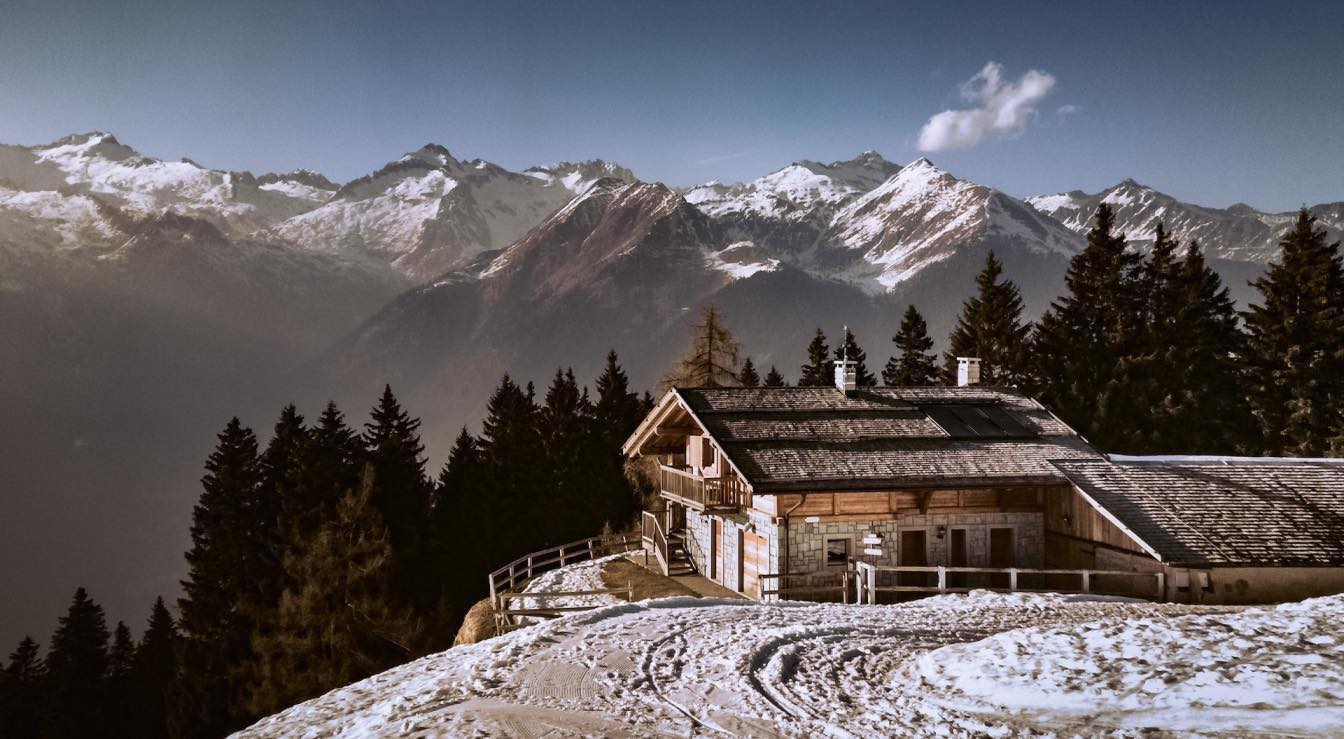Architecture influences everything — even australian online pokies — and Lucky Green Casino has turned smart design into a digital artform. From layout and lighting to mobile navigation, it’s a fully constructed experience that mirrors the psychology-first design of real-world gambling spaces.
Architecture Meets Psychology: Why Design Matters in Gambling
Casinos are designed to nudge players into staying longer, betting more, and feeling immersed. Digital casinos do this too — just differently.
At Lucky Green Casino, you’re not just seeing games. You’re being guided through an environment shaped by behavioural cues: how the homepage pulls you toward jackpots, how the bonus icons glow subtly, how navigation draws you deeper into play.
The Layout Blueprint: How Pokies Placement Shapes Player Flow
A good layout creates movement without the player noticing it. Lucky Green’s screen architecture is intuitive by design.
Before we get into specifics, here’s how Lucky Green Casino steers the digital crowd using layout tricks straight from traditional architecture.
Key layout strategies Lucky Green uses:
1. Smart screen zoning to prioritise high-action areas
2. Expandable menus that adapt to user needs in real time
3. Visual flow that creates “digital corridors” to featured games
These design cues subtly lead players from one decision point to another — like slot placement in physical casinos, but built for screen swipes, not carpet steps.
Light, Colour, and Texture in the Digital Domain
Lighting, colours, and visual textures play a critical role in physical casino environments — and Lucky Green Casino replicates this in your browser.
Let’s look at some of the ways Lucky Green recreates an immersive atmosphere without any walls or chandeliers.
How Lucky Green mimics real-world mood through design:
- Ambient, mood-based colour themes per section
- Glow effects on hot games to simulate real machine lights
- Lux-styled UI buttons and hover effects for tactile feel
You’re not just playing; you’re immersed in a space designed to feel premium — from the first click to the final spin.
Table 1: Digital Architecture vs Physical Casino Layouts
Understanding the difference helps reveal what Lucky Green has done right. Here’s how online architecture compares with traditional layouts:
Before diving in, take a moment to compare the classic casino blueprint with what Lucky Green does in the digital space.
|
Feature |
Physical Casino |
Lucky Green Digital Design |
|
Navigation Flow |
Maze-like, circular |
Linear with scroll-depth logic |
|
Attention Focus |
Slot clusters & lights |
Callouts and bonus hotspots |
|
User Movement |
Physical foot traffic |
UX-guided finger taps |
|
Aesthetic Themes |
Luxury furnishings |
UI textures and transitions |
|
Player Comfort |
Lounge areas & bars |
Mobile-friendly interfaces |
The online experience isn’t just functional — it’s strategic. Lucky Green builds flow, focus, and ambience with code instead of concrete.
Mobile-First Design: Architecture for the Pocket
Today’s casino players aren’t sitting at desktops. They’re tapping on trains, lounging on couches, and sneaking spins between meetings.
Lucky Green Casino is built from the ground up for mobile — not just scaled down.
Let’s walk through the mobile-specific architectural principles that make it work.
Mobile design features that mirror good architecture:
- Button placement designed for thumbs, not mice
- Minimalist menus to reduce distraction
- Full-screen pokies with swipe gestures
- Responsive layout across all screen sizes
Every element is placed with intention — like ergonomic furniture in a perfectly lit room.
Table 2: Mobile Architecture Elements at Lucky Green
What makes a casino app feel “built well”? It’s not just speed — it’s the layout, interaction, and comfort.
Before you assume all mobile casinos are alike, check how Lucky Green compares on core design elements.
|
Element |
Lucky Green Mobile Implementation |
|
Touch Navigation |
Large buttons and swipe control |
|
Game Load Speed |
Optimised via HTML5 tech |
|
Visual Hierarchy |
Clear separation of game types |
|
Sound Design |
Subtle cues layered over ambience |
|
Screen Adaptability |
Uniform design from phone to tablet |
The result is not just mobile compatibility — it’s architectural coherence across every device.
The Sensory Layer: Audio Architecture and UX
Architecture doesn’t stop with the eyes. Great casino design includes soundscapes — just ask any Vegas pit boss.
Lucky Green Casino weaves audio into the user experience with just as much care as the visuals.
Before we break it down, here’s why sound plays such an important role: it sets pace, rewards actions, and signals momentum.
Sensory tactics Lucky Green Casino uses:
- Soft ambient music to reduce stress and increase dwell time
- Punctuated win sounds that reinforce dopamine triggers
- Optional audio modes based on user preference
Sound design becomes an invisible wall — one that holds your attention inside the casino longer than you intended.
Building on Tech, Not Concrete
Casino architecture in the 2020s is about frameworks, not frameworks of steel. Lucky Green’s foundation is HTML5 — and that tech shift changed everything.
Let’s explore how this under-the-hood design choice unlocked a new level of flexibility and interaction.
HTML5 design advantages Lucky Green Casino relies on:
- No plugins or Flash — games load instantly in-browser
- Clean transitions and responsive animations
- Smart resizing across any screen size
- Safer, more stable player experience
HTML5 isn’t just better code — it’s a better blueprint for the kind of architectural freedom today’s online platforms demand.
Final Word: A Casino Designed Like a Destination
Casino design isn’t about filling space — it’s about guiding attention. Whether you’re exploring australian online pokies or triggering a bonus feature, Lucky Green Casino moves you through a thoughtfully constructed environment.
Its digital architecture borrows the best from physical space: rhythm, balance, sensory cues, and fluid transitions — all crafted for a modern, mobile player who expects more than flashing lights.
This isn’t just a site that works. It’s one that feels designed.





